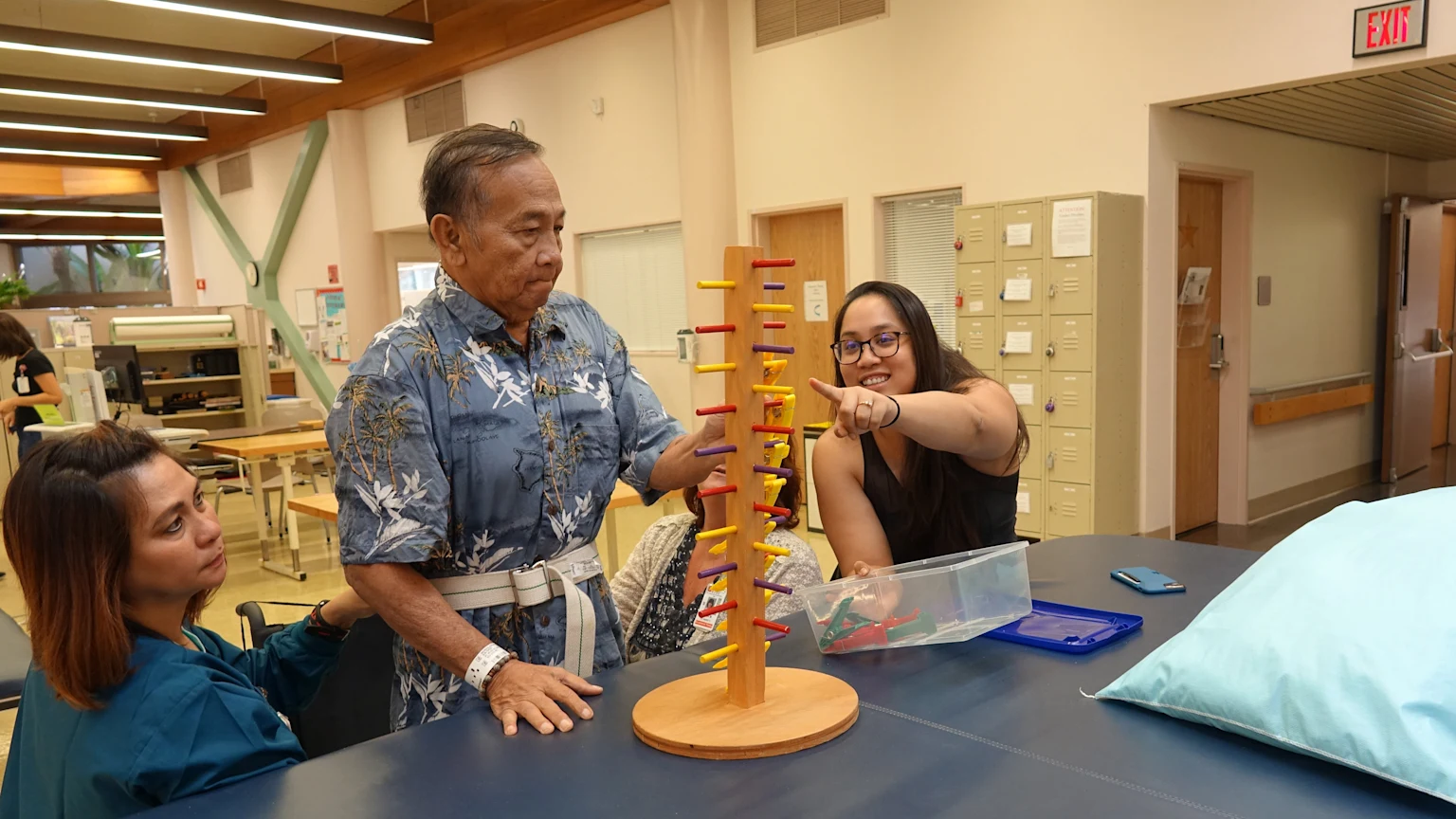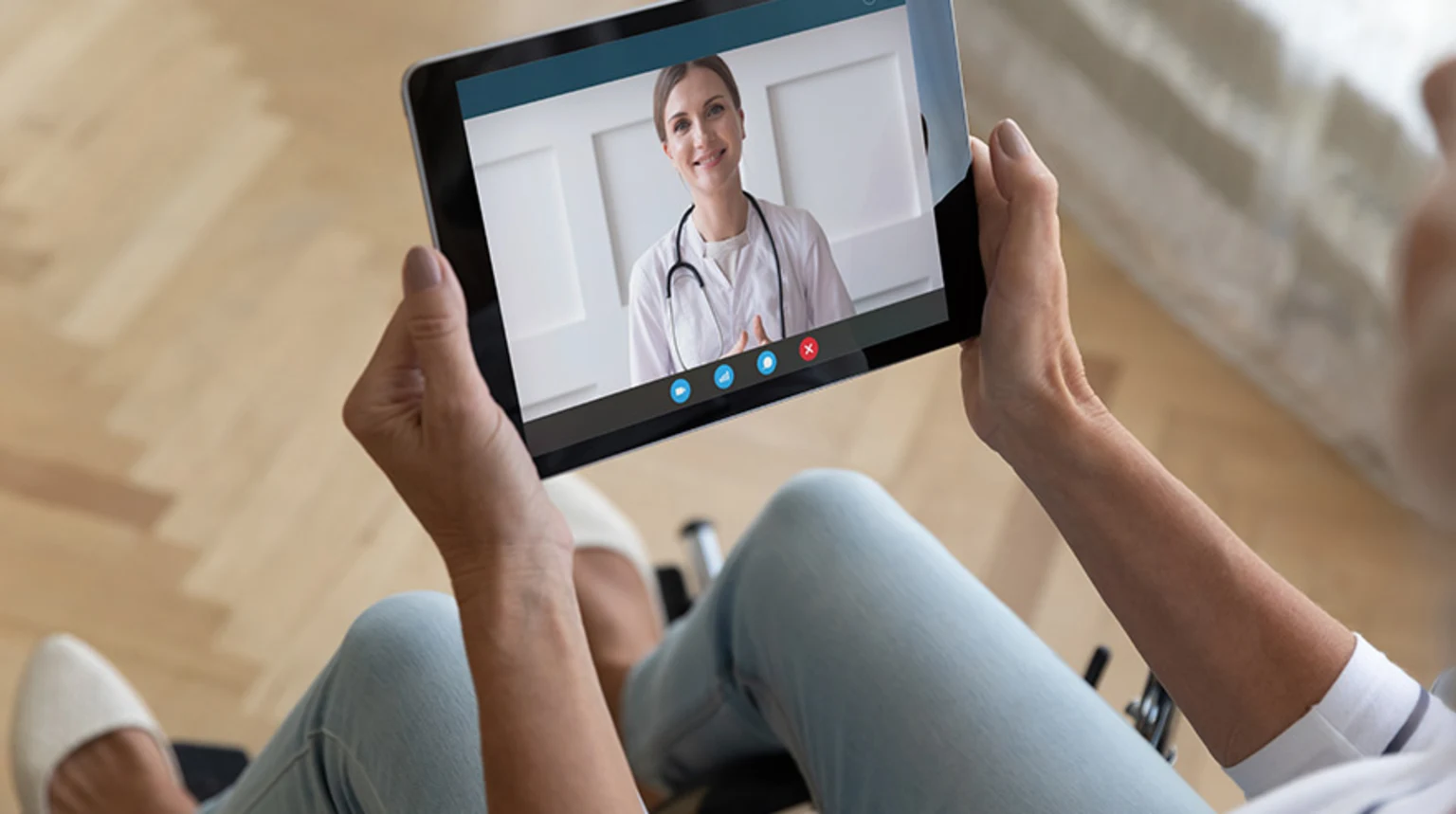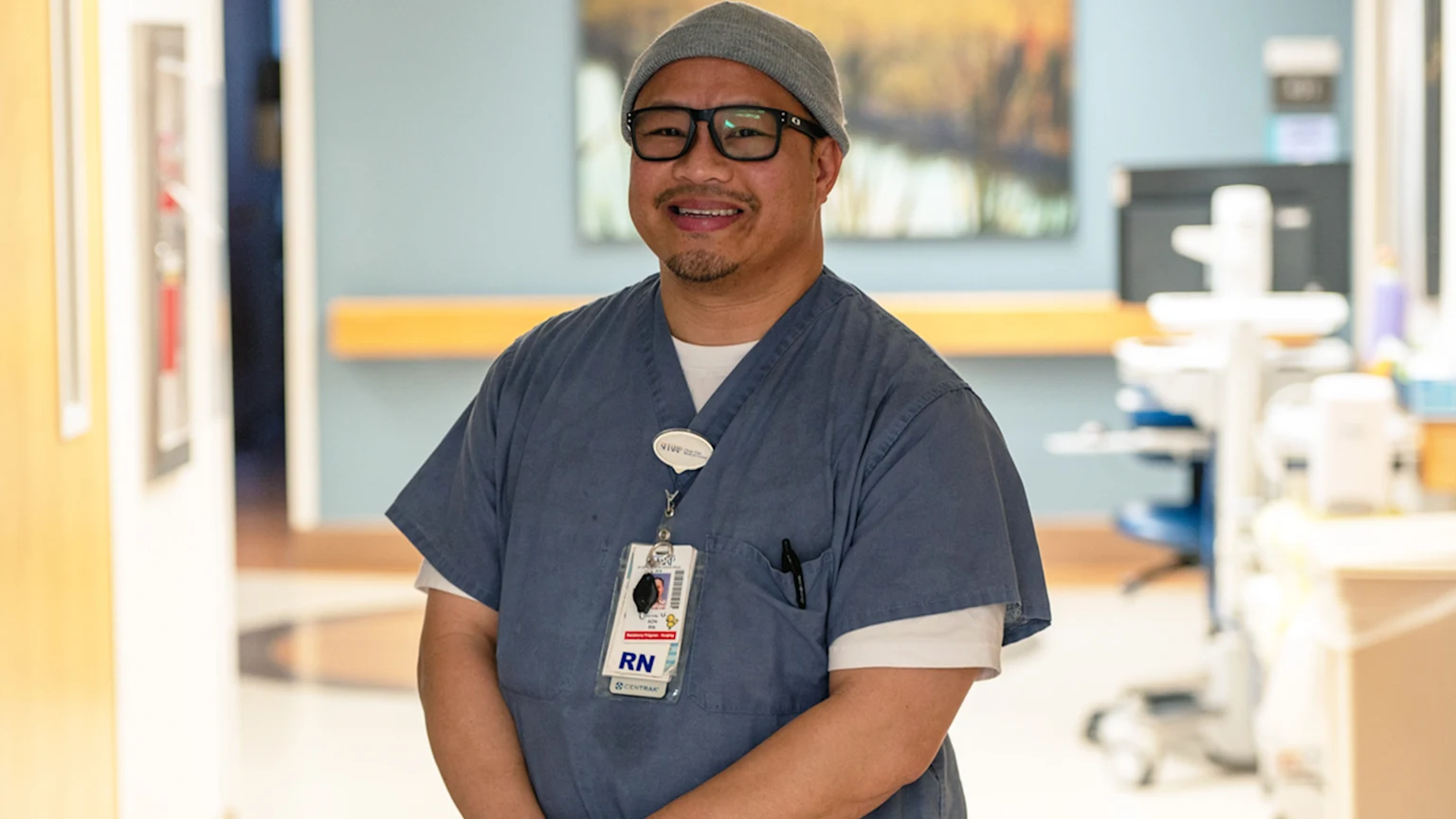
Onstage and Offstage behaviors
We must understand that everything that occurs in front of our patients and guests is important.
To consistently deliver positive experiences, we must understand that everything that occurs in front of our patients and guests is important.
It’s up to each of us to be aware of the words we say, the actions we perform, and the behaviors we use to ensure our patients and guests continue to place their trust in us.
One important aspect of creating positive experiences is to prevent Offstage behavior from occurring Onstage. This means recognizing where we are and who is around us at all times.
We are Onstage
At Sharp, our stage is the place where we do the work of transforming the health care experience. When we are Onstage, we are committed to creating the best possible experience for each other and those we serve.
Examples of Onstage behaviors
Smiling
Actively listening
Wearing our Sharp ID badge
Maintaining clean, uncluttered work areas
Picking up trash
We are Offstage
At the same time, we recognize the importance of having places where you can decompress, relax and be Offstage. Because every situation is unique, we encourage you to work with your leadership team to identify the Offstage areas for your department or unit.
Examples of Offstage behaviors
Reading personal materials
Having personal conversations
Texting, talking or scrolling on a mobile phone
Napping
Eating and drinking
Living The Sharp Experience – Onstage/Offstage
Onstage and Offstage resources
Onstage/Offstage (quick guide)
Defining your Onstage and Offstage (worksheet)





